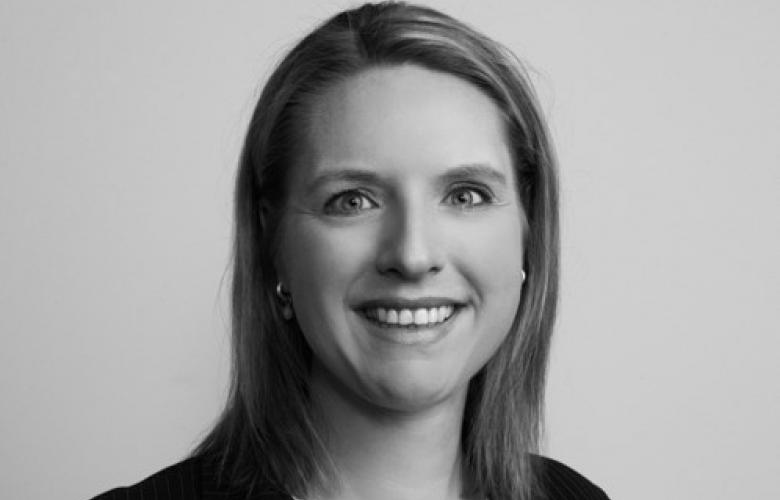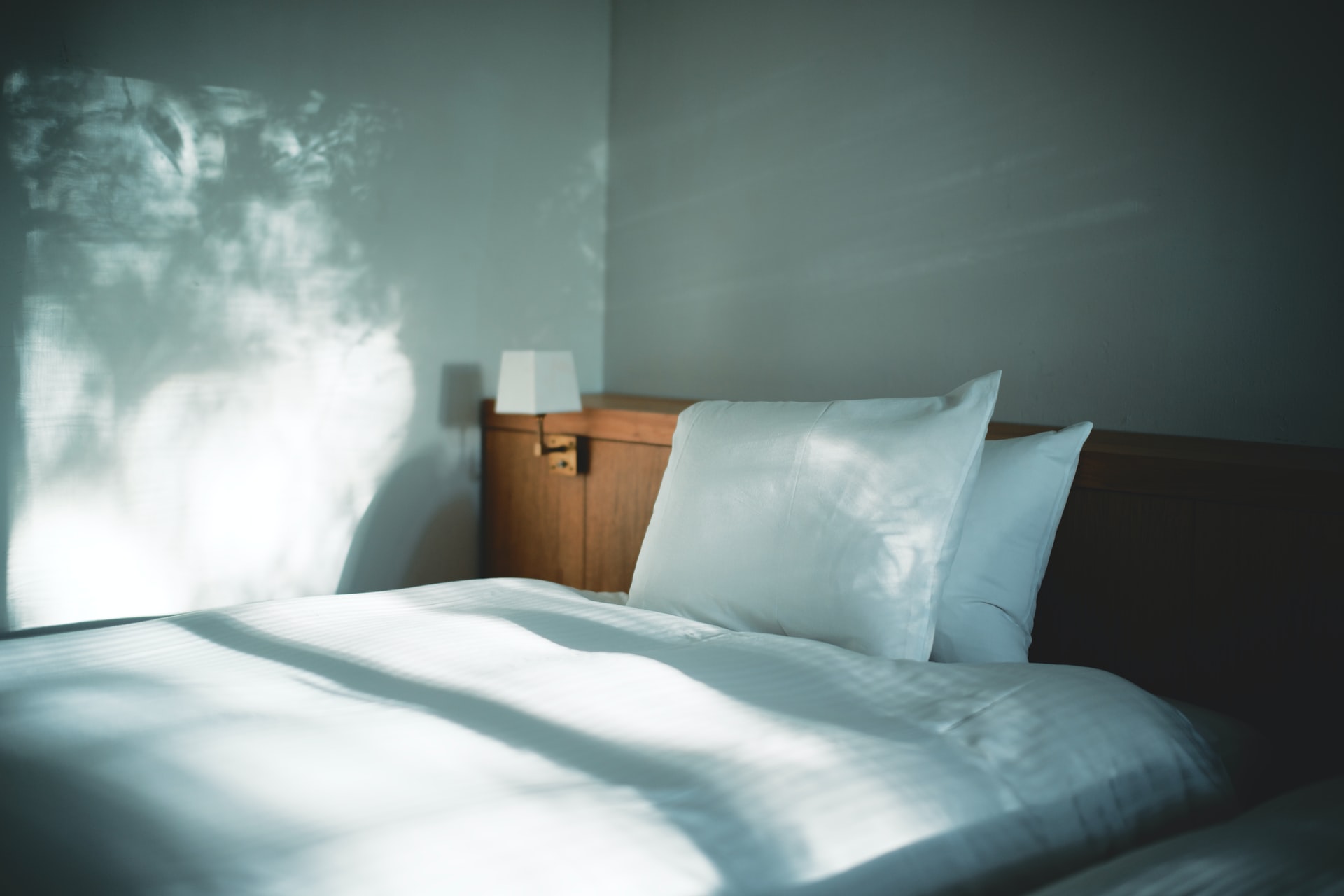Preparing for a (different) peak season: Capturing business in an unpredictable market
Contact
Preparing for a (different) peak season: Capturing business in an unpredictable market
Summer is generally peak season for the Australian hospitality sector, but with current international travel restrictions in place – and with state border controls constantly changing – how can hotels maximise revenue over what is usually their busiest periods?
Summer is generally peak season for the Australian hospitality sector, but with current international travel restrictions in place – and with state border controls constantly changing – how can hotels maximise revenue over what is usually their busiest periods? While inbound international travel is not expected to resume from low-risk markets before July 2021, the popularity of domestic airline offers indicates there is strong underlying demand for domestic and interstate travel, providing the Australian hospitality sector tangible hope for a domestic-led recovery over the coming months.
In 2019, $81 billion was spent by domestic overnight travellers whilst $57 billion was spent overseas by Australians. With the continuation of international border closures, it can be anticipated that a portion of Australian travellers’ overseas spend could flow into the domestic market. It goes without saying the local market does still face headwinds associated with higher unemployment and economic uncertainty, but with consumer confidence at a seven-year high hotels can expect to see higher levels of enquiry and business in the future.
Given that the summer holiday period is peak season and hoteliers need to maximise revenues to aide their own recovery, all accommodation providers must have an in-depth understanding of where the demand will come from and how to capture it effectively. While some operators may take the view that after a challenging year, any business is good business – simply chasing any booking you can secure is not always in your hotel’s best interest. While capturing potential demand in a disrupted market is undoubtably a priority, hoteliers should employ strategies that help acquire the most optimal and profitable business for their property now and in the future.
What can we learn from other markets?
Any domestic-centric recovery for the local hospitality sector will still be impacted by COVID-19. Travel restrictions, such as those re-imposed on South Australian residents, and an individual’s openness to stay out-of-home while there are still risks associated with the pandemic has led to changes in booking demographics, geographical and behavioural trends.
Booking data from the recent European summer markets highlighted a rise in micro-travel amongst guests. Markets like Germany showed demand returned quicker for leisure travel with a large segment of travellers booking in locations close by, often within a three-to-four-hour drive of their primary place of residence. Accommodation providers in North America saw strong interest from guests for their summer period – in particular, for properties outside major metropolitan areas. Operators of caravan and holiday parks experienced a growth in bookings compared to major city-based hotels. Additionally, eco-lodges or boutique properties in rural areas, smaller towns, or those based on the coast also benefited from higher levels of demand. These trends are likely to extend to the Australian market where city-based leisure travellers seek to escape their city for a quiet holiday or change of scenery featuring open space.
Where will guests come from?
In the first phase of any recovery, demand is likely to predominantly be for the leisure market and weekend driven. As a result of travel being closer to home, long-term planning will shift, and hoteliers will witness a significant reduction in booking lead time as well the influx of shorter trips.
While business travel is more profitable, the complexity of government regulations and quarantine restrictions will mean this segment is not likely to grow significantly until later in 2021. With that said, the local ‘bleisure’ (or business-leisure) market has grown off the back of digital nomads being empowered by long-term work-from-home policies. This provides an opportunity not only for short-term rental accommodations but also for hotels with the ability to use their spaces to create facilities and services such as office space, on-site day care or home-schooling services that the rental accommodations cannot provide.
Capture the right data, target behavioural patterns
Recognising the significant risks and opportunities that come with these recovery trends enables accommodation operators to realign their strategies and gain a competitive advantage. The pandemic has reinforced the value of collecting guest data and having well-defined market segments. Reassessing your market segments in conjunction with understanding guest personas associated with the new travel ethos and behaviours will support accurate demand forecasts and tailored promotions.
A quick way of improving your guest data in this market is to collect information by state, city and preferably postcode – which has become of greater significance with the influx of travel by car, intra- and interstate shorter trips. Collecting this information over summer, when demand is anticipated to be higher, will provide valuable data in the development of demand strategies and tactical marketing campaigns in autumn and winter that traditionally attract lower demand from the leisure market.
Going forward hoteliers should target promotions based on behavioural patterns and needs. Non-price factors, such as distance, rating and relevance are becoming more important in the decision-making process for potential guests, resulting in the relevance of ‘value for money’ declining. This provides the opportunity to adjust price strategies through day of week occupancy optimisation and offering value added promotions and packages. Together with the change in travellers’ needs and behaviours, it is important promotions are relevant, genuine and resonate with the targeted customers to stimulate demand.
Leverage partnerships and tailor promotions
As city accommodation operators are being severely impacted by COVID-19 due to their reliance on international and business travel, these metropolitan properties should leverage partnerships to stimulate their own promotions. The recent travel voucher campaign in South Australia is a good example of a campaign leveraged by local hoteliers to drive incremental accommodation nights. The booking window for the campaign was approximately six weeks and with demand heavily skewed towards weekends, Saturday nights were exempt from the campaign. What the post analysis showed was that for the Adelaide market, Saturday nights still showed an increase in demand irrespective of the campaign being in market. However, during the campaign period shoulder dates such as Sunday, Friday and Thursday night saw an influx in demand and to a lesser degree midweek. All city-based hoteliers should explore opportunities with their tourism bodies (such as Tourism Australia’s City Escape campaign for February and May 2021) to be involved with and tailor promotions in line with future travel campaigns.
Automate and pursue profitability
In a rapidly changing market, accommodation operators are required to be agile and able to collect, analyse and derive strategic pricing and inventory decisions from an array of data points. This is a time-consuming process, made only more difficult by consolidation and a reduction of headcount in many hotels. This is where an automated revenue management system with advanced algorithms and processing speeds make a difference in recognising scenarios and supporting revenue managers making fast, complex decisions based less on gut instinct and more on science.
In the past, hoteliers relied on revenue management KPIs such as occupancy, average daily rate and revenue per available room to evaluate their properties. And while these are still important metrics of measurement, the changes the market has experienced over the past year have meant many operators are looking for different metrics that better reflect their performance. In this time hotels might consider evaluating their revenue net of channel and distribution costs.
Distribution costs in hospitality are increasing exponentially and eroding profit margins. Making a concerted effort to track these types of performance metrics within an organisation, in addition to having the right technology and processes in place to capture, measure and control these KPIs, will help establish a baseline for operators to work towards a common goal: profitability.
Begin your own recovery
While a full market recovery will take time, the Australian hospitality sector is projected to see domestic leisure demand increase for the summer period. Through understanding market trends and targeting likely guests with the right promotion and the right message at the right price, hotels will be best placed to begin regrowing business and revenue after a challenging 2020, ahead of a more sustained recovery over the year ahead.
For more information on how your hotel can attract and manage peak season demand, please visit: www.ideas.com
Similar to this:
The Road to Revenue Recovery: Post-Lockdown Hotel Strategies









